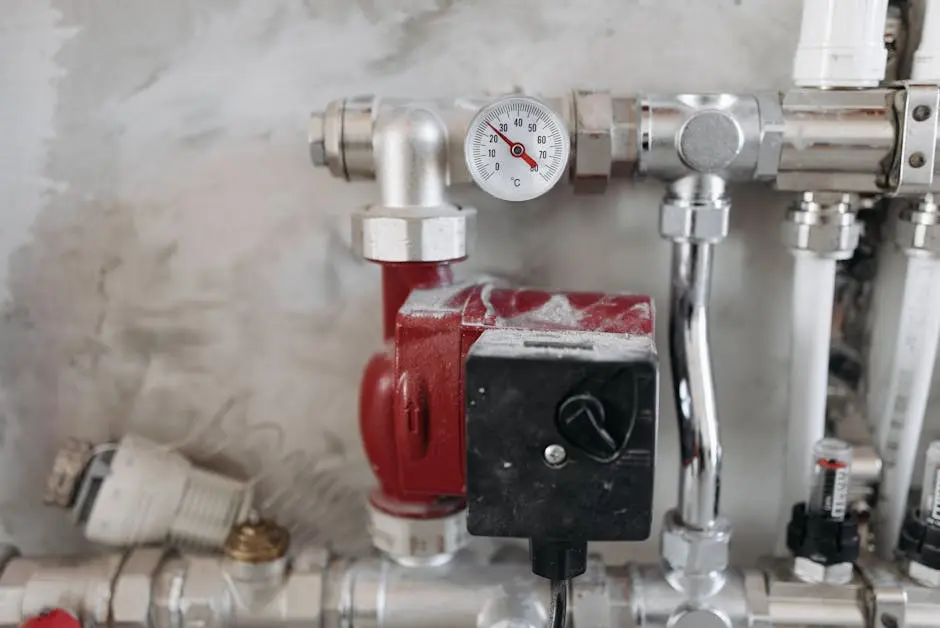Understanding Backflow Testing in Dallas: Why It Matters for Your Home
Ensuring the safety and quality of the water supply in your home is crucial, especially in a bustling city like Dallas. You might have heard the term 'backflow testing' thrown around, but what does it really mean, and why is it important for you as a homeowner? In this article, we’ll dive into backflow testing, unravel its significance, and explain how it can protect your health and property.
What is Backflow and Why Does It Occur?
Backflow refers to the unwanted reversal of the flow of water from a potable water source into your home. This can occur due to changes in pressure, such as when there is a break in the main water line, or during the high demand of firefighting. Understanding why backflow occurs is the first step in recognizing its potential risks.
Imagine your neighborhood's water pressure suddenly dropping because of a nearby fire hydrant being turned on or an unexpected pipe burst. These scenarios are ripe for backflow occurrences, where non-potable water could get drawn into the clean water supply owing to pressure differences. The potential for contamination with harmful substances from agricultural and industrial chemicals is real, and it underscores the importance of having preventative measures in place.
The Dangers of Backflow in Residential Areas
Backflow can introduce harmful contaminants into your drinking water, causing health risks to you and your family. Contaminants can include chemicals, bacteria, and pollutants that can lead to a range of waterborne illnesses. Knowing the dangers helps underscore the necessity of regular backflow testing.
Consider an instance where pesticides from garden care or heavy metals from nearby construction sites infiltrate your home’s water system through backflow. These threats place every household member at risk, potentially leading to issues ranging from gastrointestinal ailments to serious neurological disorders. By understanding and addressing these dangers, you can avoid the detrimental effects of water contamination and ensure that your family consumes and uses safe water daily.
Even a seemingly innocuous plumbing change can impact water safety. Home plumbing projects, if not checked, might unintentionally result in cross-contaminations, allowing dangerous pathogens an easy route into your water system. Hence, regular backflow testing is not only a safeguard but also a necessary maintenance step in modern homeownership, particularly in urban residential areas like Dallas.
Regulations and Requirements for Dallas Homeowners
In Dallas, local ordinances require homeowners to conduct annual backflow testing to ensure safe water quality. This regulation aims to protect public health and maintain the integrity of the municipal water system. Staying informed about these requirements can prevent potential fines and liabilities.
According to regulations set by the City of Dallas Water Utilities, backflow prevention assemblies must be tested annually by licensed professionals. These checks are essential for securing not only compliance but also your water supply reliability, ensuring that backflow devices are fully functional and up to standard.
By adhering to these strict regulations, homeowners also contribute to a larger community effort in maintaining public health standards. Non-compliance can result in penalties, besides posing a significant risk to personal and public health. Therefore, regular testing as per city guidelines is indispensable, ensuring that your household stays protected and compliant with local water safety norms.
The Process of Backflow Testing Explained
Backflow testing is a straightforward procedure carried out by certified professionals. It involves checking that backflow prevention devices are functioning correctly. This ensures that if there is a backflow event, the preventative measures in place will protect your water supply. Understanding this process can help you prepare your home and schedule timely inspections.
When a technician arrives for backflow testing, they typically start by assessing each point in your plumbing system where a prevention device is placed. Using tools like differential pressure gauges, they ensure that backflow preventers like check valves and air gaps are working effectively. These devices are barriers that keep potentially contaminated water from flowing back into your clean supply.
The process not only checks for functional efficiency but also inspects the physical condition of each device. Any signs of wear, such as corrosion or mechanical failure, are noted. The technician then provides a detailed report highlighting necessary repairs or replacements, ensuring that your home’s defenses against backflow remain robust. By engaging in this testing process, you fortify your home against unforeseen backflow incidents.
Choosing the Right Professional for Backflow Testing
Selecting a qualified technician is crucial for effective backflow testing. Look for licensed professionals who have experience and good reviews in the Dallas area. A reliable professional can provide insights into the condition of your backflow devices and suggest necessary maintenance or replacements.
To ensure high-quality service, choosing a certified professional is imperative. These experts should not only have the necessary qualifications but also an understanding of local regulations and challenges unique to the Dallas area. Locally renowned companies like Diamond Scenery have certified technicians who can conduct thorough inspections, providing peace of mind with each visit.
Before finalizing any service, consider seeking recommendations from neighbors or community forums. Reading reviews and checking certifications online can also aid in finding reputed professionals. An experienced and well-equipped technician will not only comply with the necessary city guidelines but also offer solutions tailored to your home's specific needs, ensuring a safe and sound water supply.
Ensuring Safe Water: A Key to Healthy Living
In conclusion, backflow testing is more than just a regulatory requirement; it's a vital measure to ensure the safety and quality of your home’s water supply. By understanding its importance, following local guidelines, and engaging certified professionals, you contribute to a healthier and safer living environment. Protecting your home begins with being proactive and informed about backflow prevention.

